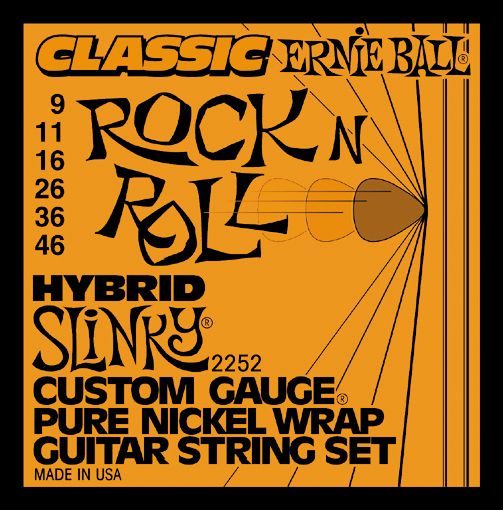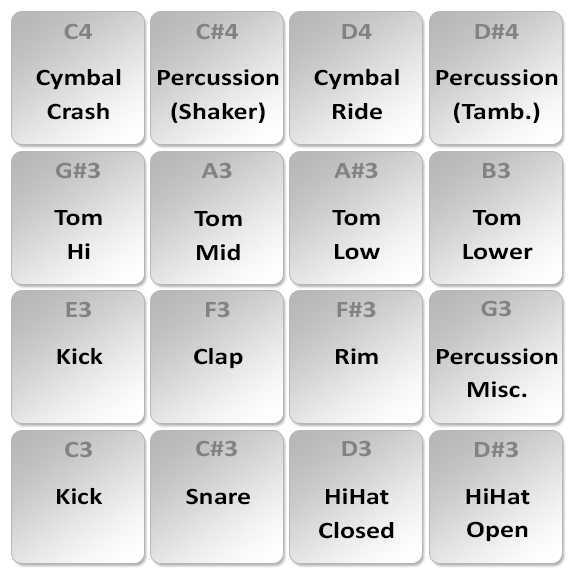Midwayfair’s Listening notes on diodes
I wanted to archive this for later reference. This was taken from a post on Madbean’s forum by Jon (Midwayfair)
Note that I have included notes of some diodes that I’m not selling (and some that you won’t be buying, like 1N914s and other 10c diodes). I included them for sound comparisons, and because they are diodes many people here will be familiar with.
Due to extremely limited stock on some of these, I may not be able to honor all requests for trios. I am working on getting more of some of the great sounding ones.
Please check the data sheets for Fv characteristics. Fv does not, however, tell the whole story, and several diodes in the same clipping range sound similar.



